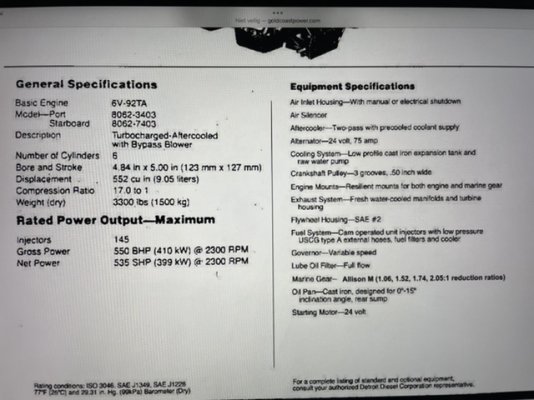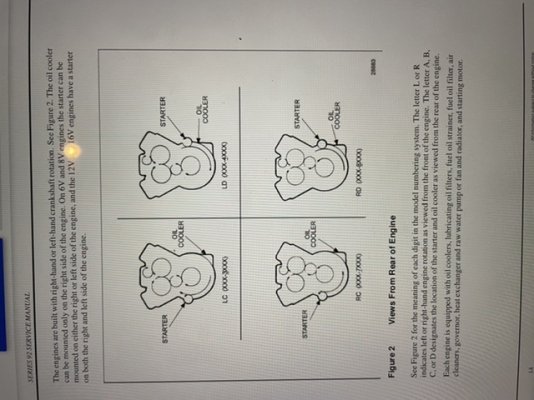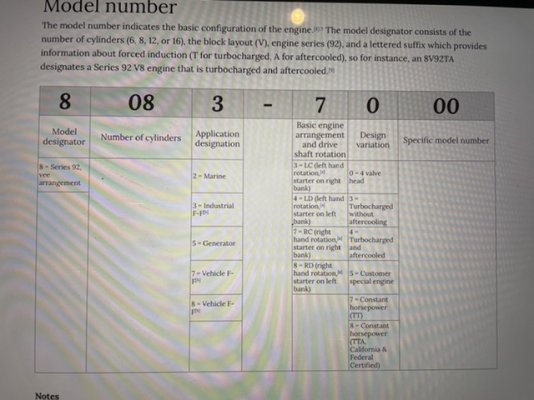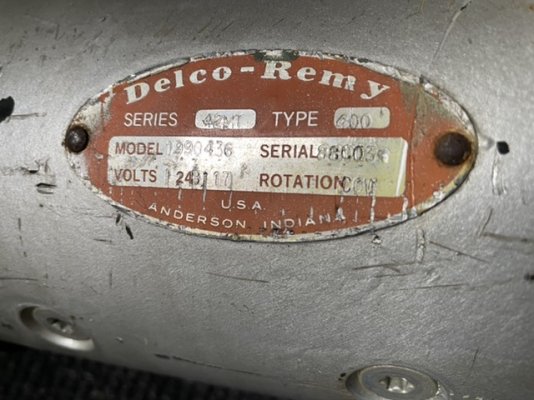Jabba
Member
- Joined
- Apr 30, 2022
- Messages
- 15
- Vessel Make
- Mondomarine Arrow 50
Hello everyone, cry for help from the Netherlands. I’m not a mechanic… I recently bought a Mondomarine Arrow 50 with rebuilt twin Detroits 6V92. Engines hadn’t run in over 5 years, possibly longer.
The Starboard engine fired up right away. Runs fine, but high rpm in neutral (1500). As soon as I put the engine in gear the rpm goes to a steady 600 rpm (could this be the injectors?).
Bigger problem is the Port engine. It will not start. As soon as I crank the engine, blue smoke comes out of the turbo intake… No smoke or cooling water coming out of the exhaust while cranking… Fuel pump and fuel lines checked ok. Turbo as well. Had a mechanic look at the engine but he couldn’t figure it out. Does anybody have an idea what could be wrong? Injectors here as well? Exhaust blocked?
Appreciate the help forum members. Big thank you in advance from across the pond.
Andre
The Starboard engine fired up right away. Runs fine, but high rpm in neutral (1500). As soon as I put the engine in gear the rpm goes to a steady 600 rpm (could this be the injectors?).
Bigger problem is the Port engine. It will not start. As soon as I crank the engine, blue smoke comes out of the turbo intake… No smoke or cooling water coming out of the exhaust while cranking… Fuel pump and fuel lines checked ok. Turbo as well. Had a mechanic look at the engine but he couldn’t figure it out. Does anybody have an idea what could be wrong? Injectors here as well? Exhaust blocked?
Appreciate the help forum members. Big thank you in advance from across the pond.
Andre
Last edited:









